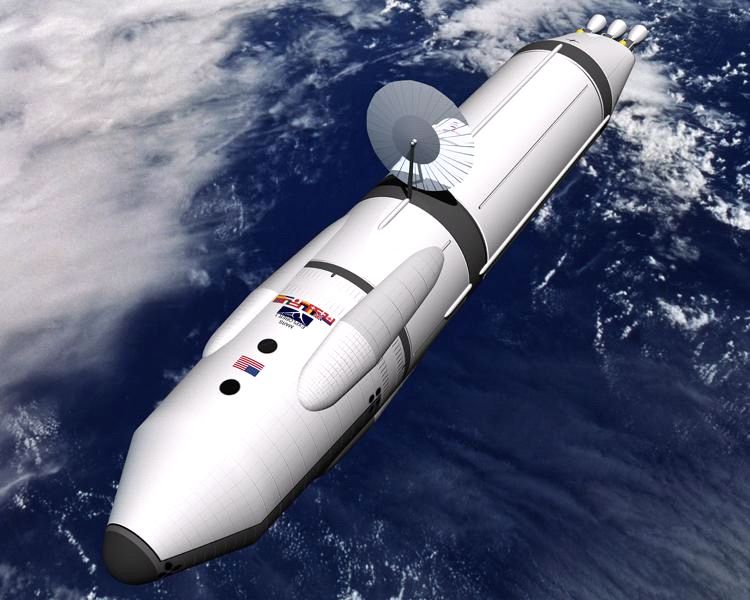Using NASA’s Fermi and Swift spacecraft, astronomers have investigated SGR J1935+2154, the most recurring transient magnetar known to date. The new research sheds more light on the burst properties of this object. The study is detailed in a paper published March 23 on the arXiv pre-print repository.
Magnetars are neutron stars with extremely strong magnetic fields, more than 1 quadrillion times stronger than the magnetic field of Earth. Decay of magnetic fields in magnetars powers the emission of high-energy electromagnetic radiation, for instance, in the form of X-rays or radio waves.
Discovered in 2014, SGR J1935+2154 has a spin period of 3.24 seconds, spin-down rate of 14.3 picoseconds/second, and a dipole-magnetic field with a strength at a level of approximately 220 trillion G, what confirms its magnetar nature. Since its detection, the source experienced more than 100 bursts, occurring almost annually.




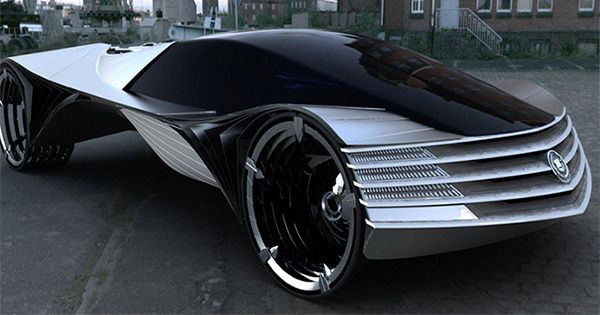
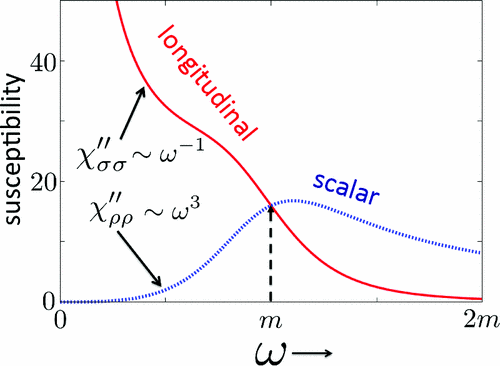
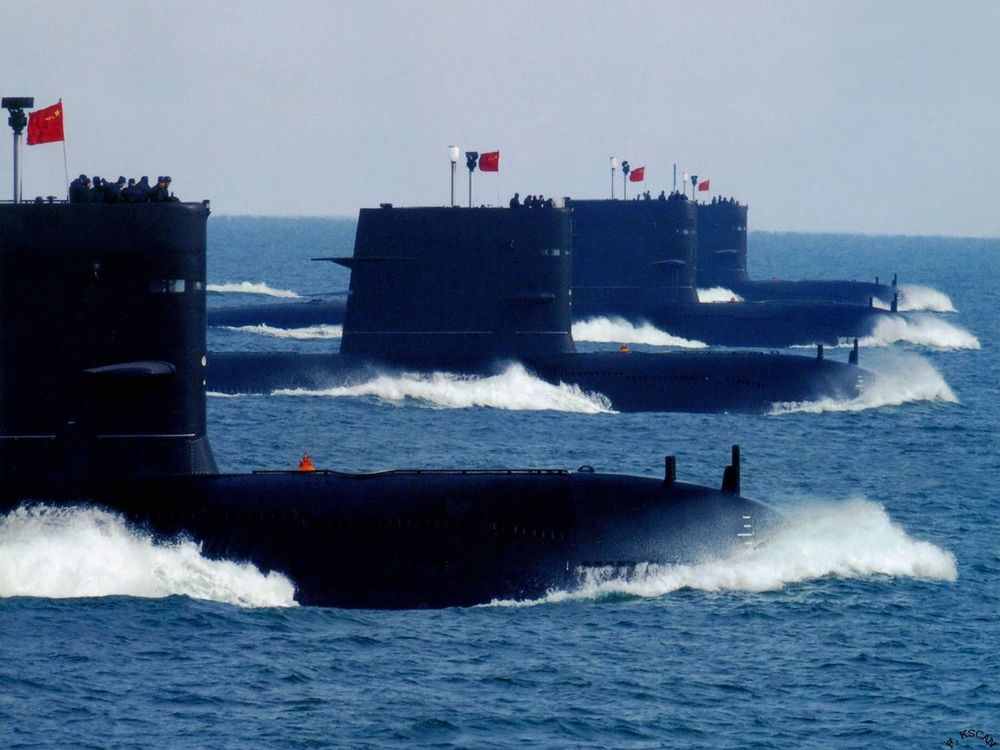


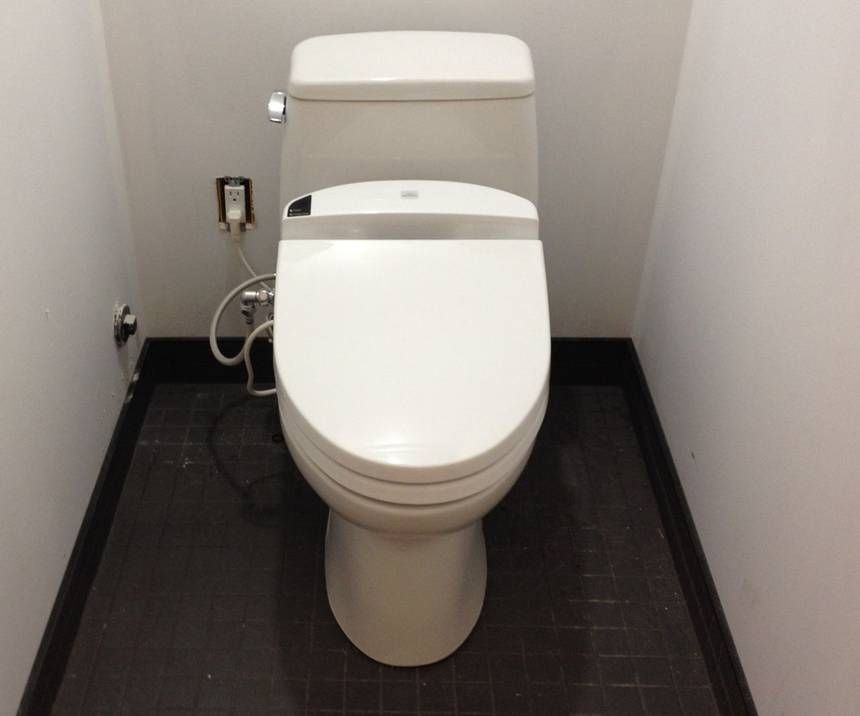 Lloyd Alter/ toto toilet with washlet/
Lloyd Alter/ toto toilet with washlet/